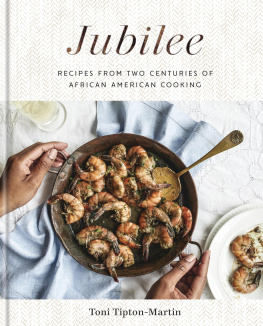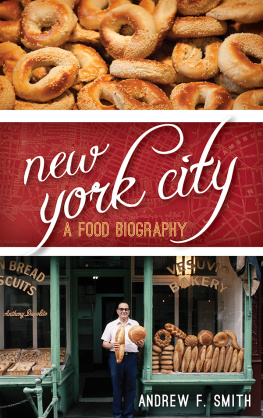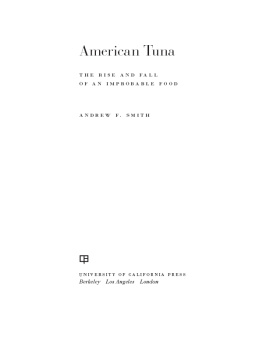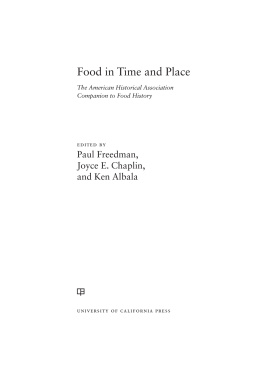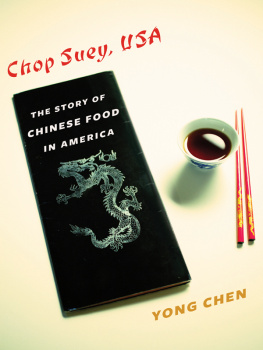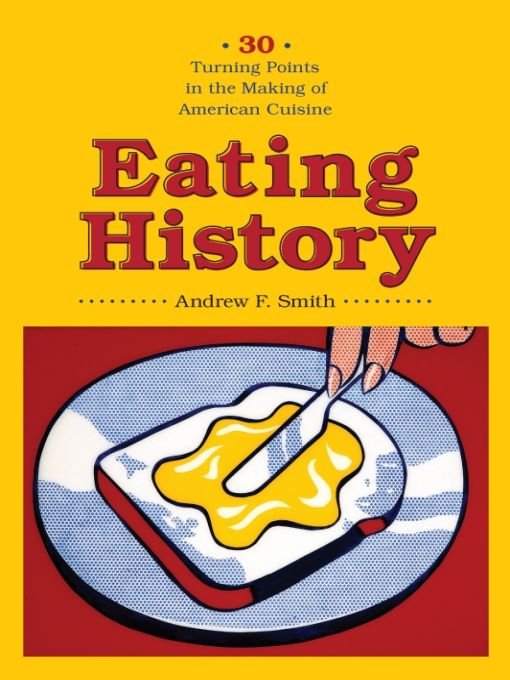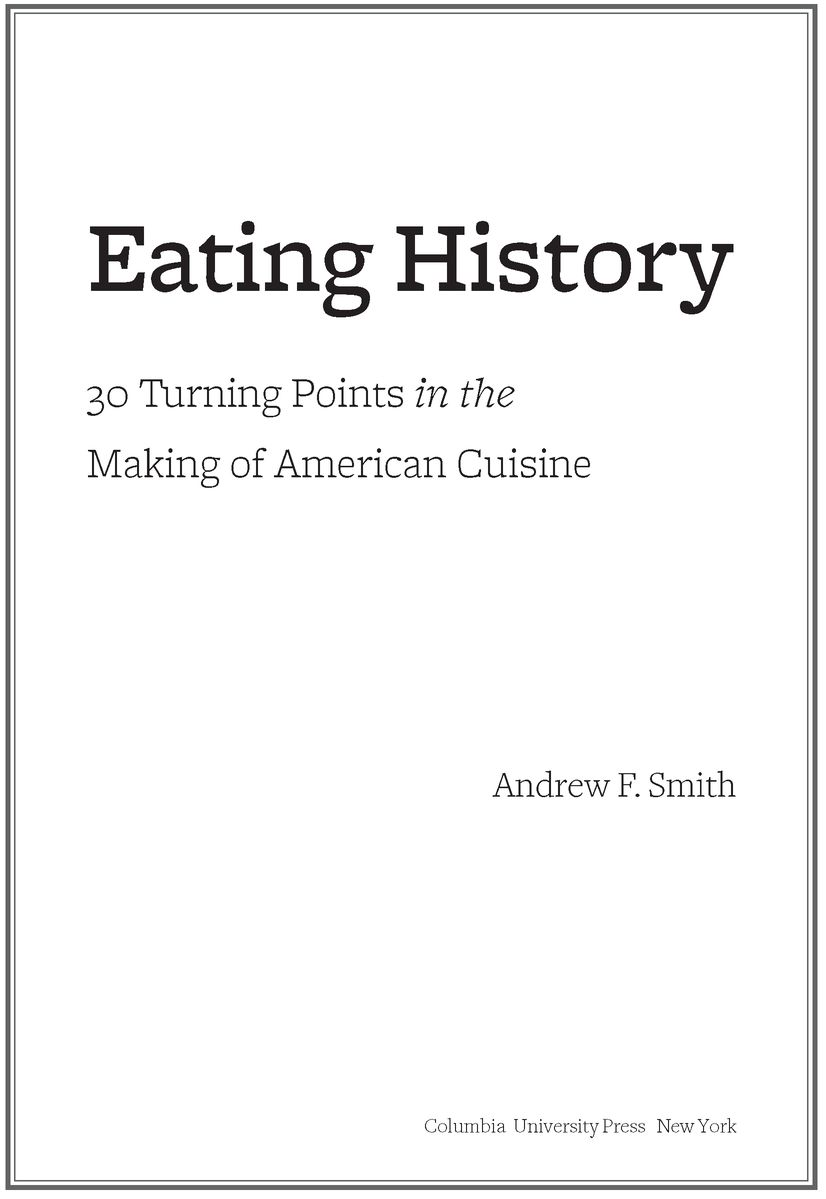Table of Contents
Arts and Traditions of the Table: Perspectives on Culinary History ALBERT SONNENFELD, SERIES EDITOR
Salt: Grain of Life, Pierre Laszlo, translated by Mary Beth Mader
Culture of the Fork, Giovanni Rebora, translated by Albert Sonnenfeld
French Gastronomy: The History and Geography of a Passion, Jean-Robert Pitte, translated by Jody Gladding
Pasta: The Story of a Universal Food, Silvano Serventi and Franoise Sabban, translated by Antony Shugar
Slow Food: The Case for Taste, Carlo Petrini, translated by William McCuaig
Italian Cuisine: A Cultural History, Alberto Capatti and Massimo Montanari, translated by ine OHealy
British Food: An Extraordinary Thousand Years of History, Colin Spencer
A Revolution in Eating: How the Quest for Food Shaped America,
James E. McWilliams
Sacred Cow, Mad Cow: A History of Food Fears, Madeleine Ferrires, translated by Jody Gladding
Molecular Gastronomy: Exploring the Science of Flavor, Herv This, translated by M. B. DeBevoise
Food Is Culture, Massimo Montanari, translated by Albert Sonnenfeld
Kitchen Mysteries: Revealing the Science of Cooking, Herv This, translated by Jody Gladding
Hog and Hominy: Soul Food from Africa to America, Frederick Douglass Opie
Gastropolis: Food and New York City, edited by Annie Hauck-Lawson and Jonathan Deutsch
Preface
FOR THE PAST few years, Ive asked audiences across America several questions related to food: Do you prefer organic food to food grown with petrochemical fertilizers and synthetic pesticides? Inevitably, the majority indicate, with a show of hands, that they prefer organic foods. When asked, How about a choice between processed food laced with additives, preservatives, and stabilizers and fresh food straight from the farm or garden? On this question, fresh food winshands up. To the question, Do those of you who eat meat prefer that the animals be free-range, organic, and slaughtered humanely, or doused with hormones and steroids and raised in highly concentrated animal-feeding operations? By far, most respondents want the former. Would you prefer buying food from family farms, or from corporate farms? Not surprisingly, family farms win every time. Do you prefer eating home-baked bread, or supermarket bread? No one argues against homemade bread, provided that the respondents dont actually have to bake it themselves. Would you prefer eating food made from fresh ingredients, or processed food from boxes, cans, and bottles? Again, the results are inevitable: processed foods never have a chance, everyone prefers fresh ingredients. Do you prefer homemade meals prepared from scratch, or convenient fast food? No surprise here either: homemade food wins. Would you prefer buying food produced locally, or the same foods shipped in from hundreds or thousands of miles away? Respondents want food grown or raised locally rather than imports. In the choice between fast food and slow food, slow is always the big winner. And finally, when asked about foods with transgenic ingredients, few have admitted to preferring or wanting them.
I always find these responses heartwarmingnot because I oppose processed, industrial, imported, or even transgenic food but because Im a culinary historian, and the system that most responders say they favor is pretty much what existed in America two centuries ago. At that time, there were no biotech foods. Chemical additives and preservatives were virtually unknown (vinegar, salt, and sweeteners being the millennia-old exceptions), and farmers used no commercial fertilizers and few insecticides. There were no commercially canned, packaged, or frozen foods, either. Most bread was baked in the home, and most food was grown or raised locally. Most American farms were family owned or family operated. Families ate at home, as there were few restaurants or other public eating establishments.
Moving from preferences to behavior, let me provide a few facts. The total market share of organic food in the United States is only a little more than 3 percenta share that is mainly due to the production of big organic farms, which sell their produce to big box retail chains.
The point of my supplying these facts is neither to condemn hypocrisysaying we prefer one food system while eating in anothernor to downplay the nostalgic yearning for the simpler, less commercial way of life our ancestors may have enjoyed. Over the past two centuries, Americans have made choices regarding their food resulting in a food system that is largely industrialized, mechanized, and controlled by large multinational corporations. To be sure, most such changes were integrated into the food system piecemeal, and the full effects were often not apparent until decades after these changes were first introduced. Nevertheless, to the extent that Americans were aware of these changes, they broadly supported themand continue to demonstrate their support by buying ever larger quantities of foods produced in that way.
For the past several years, Ive grappled with two related questions: Why did Americans shift so easily and quickly from a local food system based largely on family farms with simple standards of living to one that is highly complex, industrial, commercial, and globally dependent? And how can these shifts and changes be presented so that they are readily understandable to the general public? The American food system is immense, complex, and integratedit would be impossible to condense it all into a single book. I have selected threads of culinary history introduced by turning pointssome obscure, others well knownthat connect choices made in the past with what we eat today. These historical threads were selected because they are representative of underlying currents affecting Americas system of food production, processing, and distribution, and our cooking styles and eating habits, that are embedded in broader societal trends, such as those related to industrialization and mechanization, transportation systems, internal migrations and external immigration, political and economic reform efforts, nutrition and health, scientific discoveries and new technologies, governmental involvement and regulation, advertising and new communication systems, as well as corporate centralization and globalization. The relationships between the American food system and these broader trends are significant, but they are only tangentially touched upon here.
This book introduces American culinary history, its significant topics, inventors, celebrities, and shapers. My approach is mainly explanatory and descriptive rather than normative. While this is primarily a book about Americas culinary past, it is also about how we think about food today. For those who believe that the modern American approach to food is on the right track, this book offers a partial history of how we arrived at a system that has emphasized convenience, superabundance, low cost, and consumer choice. For those interested in changing the current system, it offers insight into how we ended up where we are today, and perhaps this will suggest alternative approaches for the future.
Acknowledgments
ID LIKE TO thank Barry Popik for his research into culinary linguistics, especially his work on hamburgers. I thank Rynn Berry for his comments on the Graham and Kellogg chapters; Forest Wanberg and George Brown on the Graham and Kellogg chapters; Forest Wanberg and George Brown for their assistance with the Cracker Jack chapter; the late Jerry Thomas for his firsthand account of the creation and launching of Swansons TV dinner; Anne Mendelson for her help with the chapters on Gourmet and Gail Borden; Glenn Mack for his assistance on the chapter about culinary schools. For the chapter on Julia Child, Id like to thank Judith Jones, Molly ONeill, Mark DeVoto, Geoffrey Drummond, Fern Berman, and especially Laura Shapiro, Joan Reardon, and Dana Polan for their reviews of the Child chapter and their participation in my class, Julia Child: Culinary Revolutionary, at the New School. For the section on Chinese immigration and food, Id like to thank Andy Coe for his sources and suggestions. For the chapters on Wilbur O. Atwater and the Flavr Savr, I thank Marion Nestle. Id also like to thank David Strauss and Michael Batterberry for their comments about the early years of Gourmet and other food magazines; and Tanya Steel, for her help with the history of Epicurious.com.





